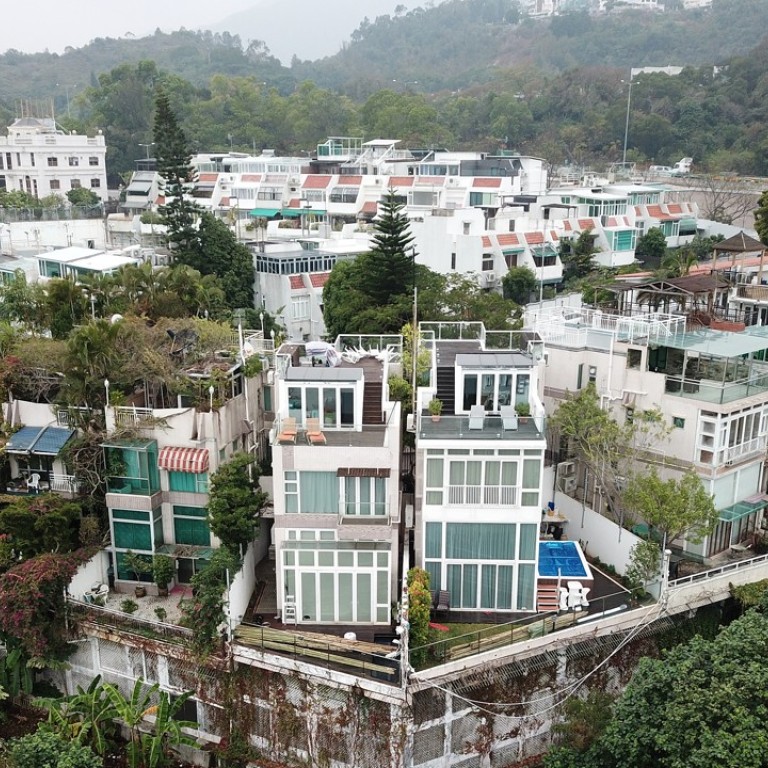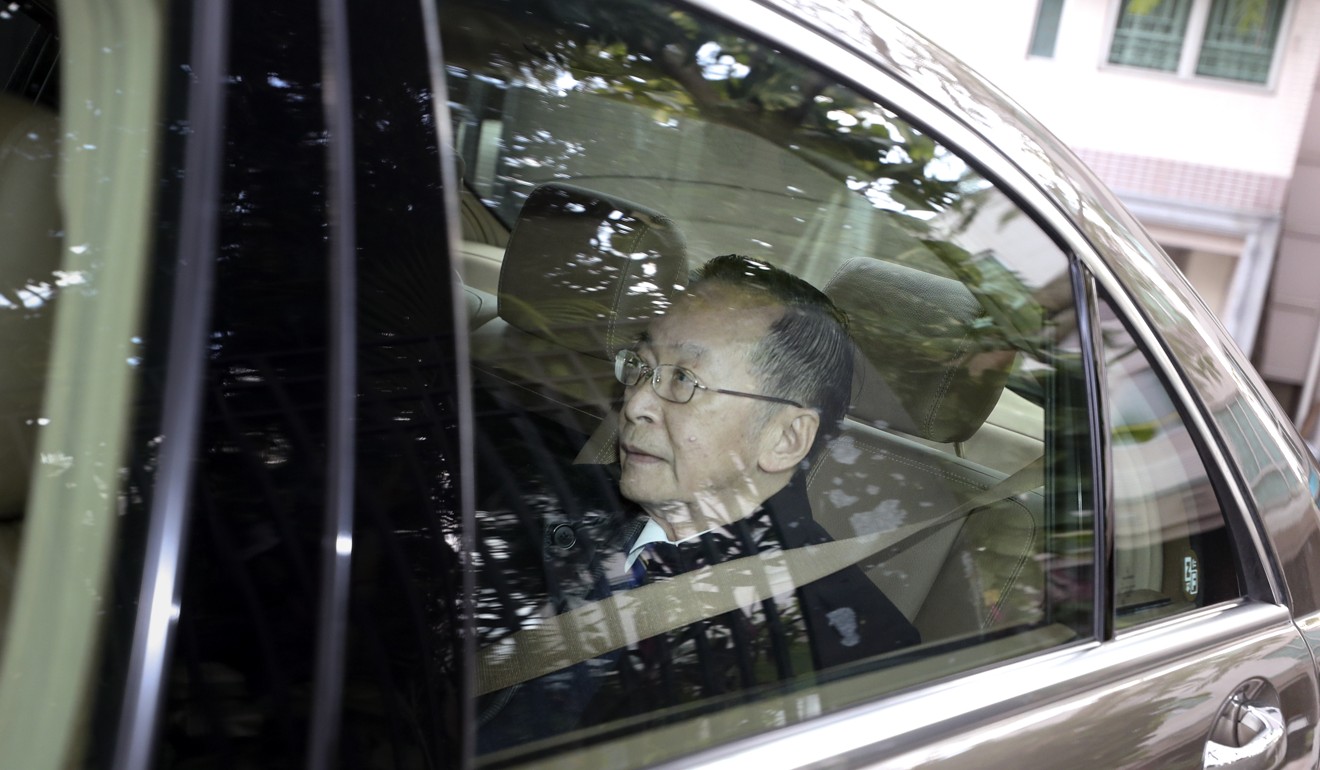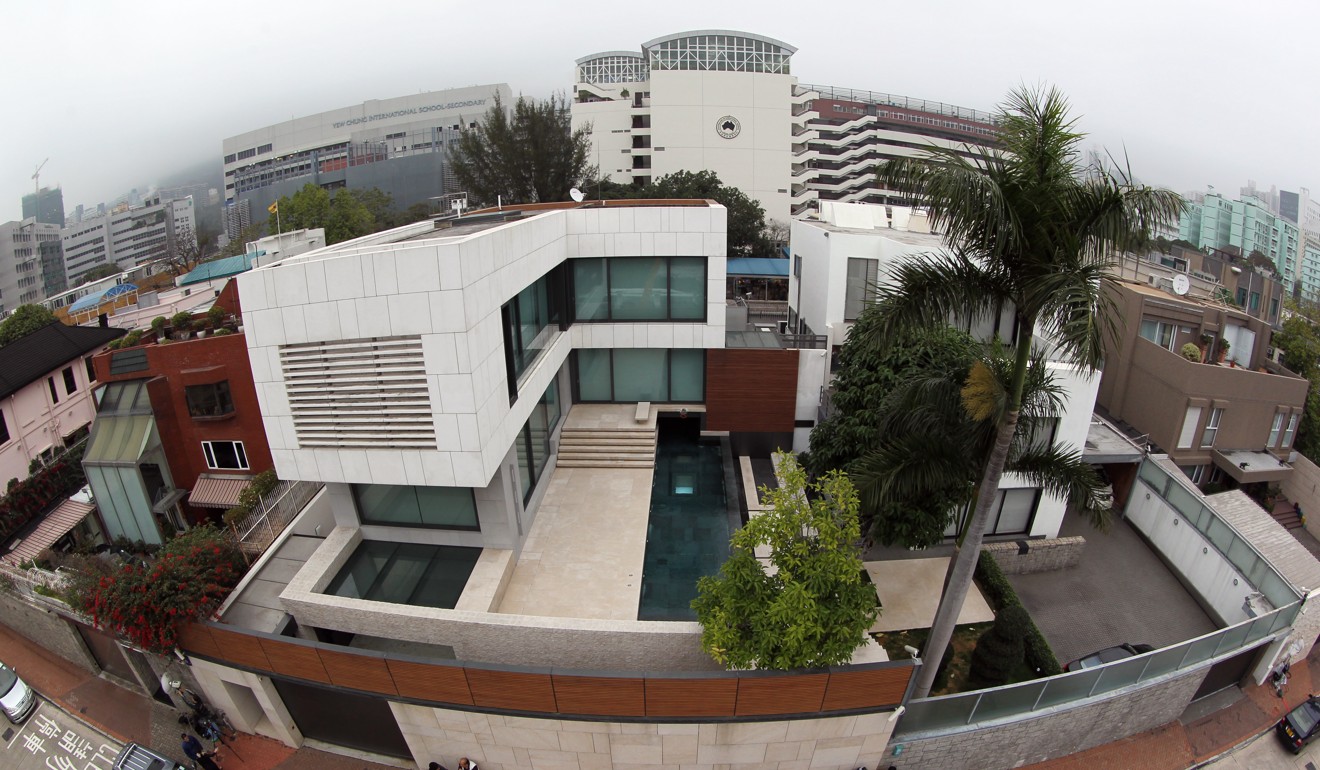
Teresa Cheng isn’t the first - other big names caught out over illegal structures
New Secretary for Justice Teresa Cheng joins a long list of senior officials – including two former leaders – caught out over unauthorised building works
Justice chief ‘not compromised’ despite 10 illegal structures at homes, Hong Kong leader says

What are unauthorised building works?
Unauthorised building works mean any addition or alteration to a property without prior approval from the Buildings Department. They also include small-scale building works that do not follow a specific control system under the law. Common illegal structures include supporting frames for air conditioners, canopies, rooftop structures and drainage misconnections.

Why is it a problem? And why do people still do it?
Vincent Ho Kui-yip, chairman of the building policy panel under the Hong Kong Institute of Surveyors, said unauthorised building works could cause several problems. “Illegal structures could affect the safety and environmental hygiene of a building,” Ho said. For example, a building could become overloaded with an extra storey added. Construction of a basement, which required the removal of soil from underneath a house, could affect the building’s foundations. The installation of structures not approved by authorities could also be dangerous if the items were not secure enough.

Improper drainage connections could cause hygiene problems.
Despite such concerns, Ho said some people are still tempted to alter homes to increase space and facilities. “People might think their house could be used better with such changes,” Ho said.
Hong Kong housing minister ‘unaware’ of illegal structures at home of justice chief’s husband
Property owners could make changes to a building as long as they were approved, but Ho said the application process could be a bother as a professional had to be appointed to submit building plans and coordinate the work. The process would take at least three months for simpler works such as adding an extra window and up to a year for more complicated projects such as a building extension.
How common are unauthorised building works in Hong Kong?
In the first 10 months last year, the Buildings Department received 26,749 reported cases of illegal structures. More than 10,900 removal orders were issued and there were 2,565 prosecutions.
To tackle the problem of unauthorised building works, the then development minister Carrie Lam Cheng Yuet-ngor, who is the city’s current chief executive, launched a reporting scheme for illegal structures in New Territories village houses in 2012. Under the scheme, reported unauthorised structures could be kept temporarily if they were deemed safe by a qualified person. Such checks should be conducted every five years. But risky structures had to be demolished upon reporting.

Cheng is not the first big name linked to unauthorised building works. Who else?
The last illegal structures saga involving high-profile figures was in the run-up to the 2012 chief executive election. Former chief secretary Henry Tang Ying-yen, one of the candidates, was revealed to have an illegal 2,400 sq ft basement in his home in Kowloon Tong.
Trio cleared in Henry Tang illegal basement case
The discovery was believed to be the main reason for his eventual defeat in the election. Tang’s wife, who claimed responsibility for the work, was found guilty in court and fined HK$110,000 in 2013 for starting construction without permission.

What are the penalties under the current regulations?
It is an offence to carry out building works, except minor ones, without the prior approval and consent of the Buildings Department. Offenders would be liable on conviction to a fine of HK$400,000 and imprisonment of two years.

